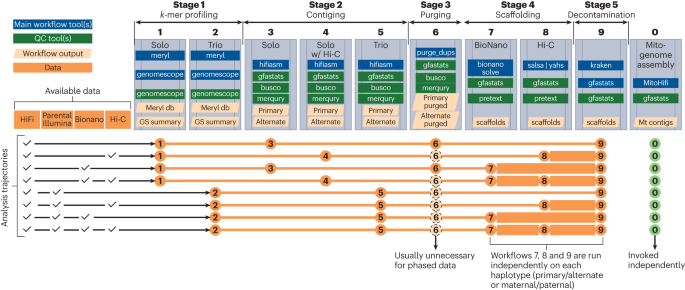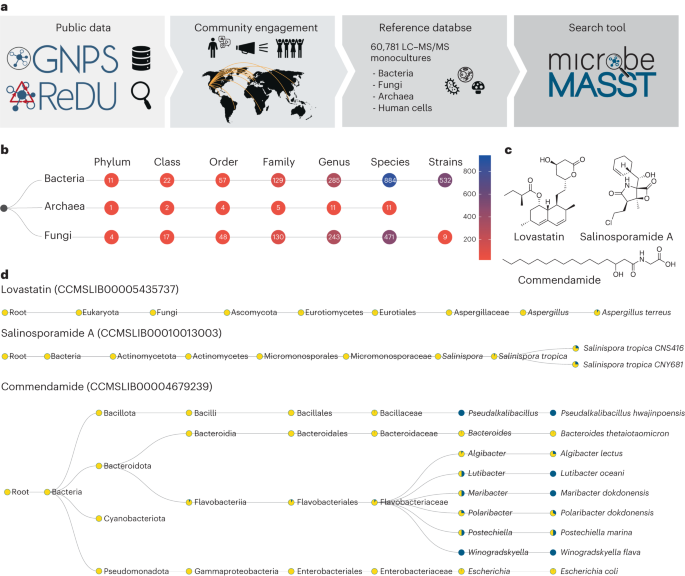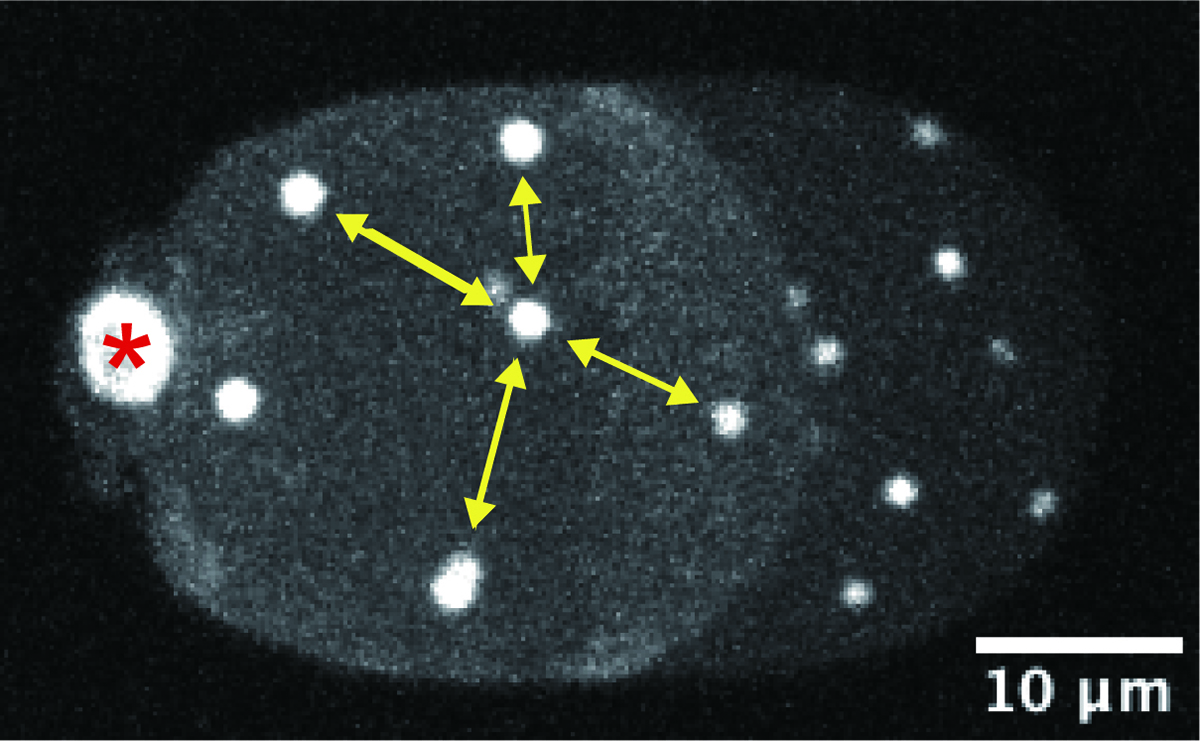2024-02-05 ペンシルベニア州立大学(PennState)
◆彼らは新しいアルゴリズムとコンピューターソフトウェアを開発し、人間のゲノムの場合、数か月から数十年かかっていたシーケンシング時間を数日に短縮しました。これにより、進化と人間と動物の関連性についての理解が深まりました。この新しいソフトウェアとそれによって生成されたゲノムは、Nature Biotechnology誌に掲載されました。
<関連情報>
- https://www.psu.edu/news/eberly-college-science/story/researchers-assemble-51-animal-genomes-using-publicly-accessible/
- https://www.nature.com/articles/s41587-023-02100-3
スケーラブル、アクセス可能、再現可能な参照ゲノムアセンブリとGalaxyでの評価
Scalable, accessible and reproducible reference genome assembly and evaluation in Galaxy
Delphine Larivière,Linelle Abueg,Nadolina Brajuka,Cristóbal Gallardo-Alba,Bjorn Grüning,Byung June Ko,Alex Ostrovsky,Marc Palmada-Flores,Brandon D. Pickett,Keon Rabbani,Agostinho Antunes,Jennifer R. Balacco,Mark J. P. Chaisson,Haoyu Cheng,Joanna Collins,Melanie Couture,Alexandra Denisova,Olivier Fedrigo,Guido Roberto Gallo,Alice Maria Giani,Grenville MacDonald Gooder,Kathleen Horan,Nivesh Jain,Cassidy Johnson,… Giulio Formenti
Nature Biotechnology Published:26 January 2024
DOI:https://doi.org/10.1038/s41587-023-02100-3

The Earth BioGenome Project aims to produce reference genomes for all ~1.8 million known eukaryotic species over the next decade1,2,3,4. Achieving this goal will require the current pace of reference genome production to increase by at least two orders of magnitude1. Automation of the assembly process with a pipeline that is widely accessible to any research group will be required to achieve this speed-up. Enabling this goal requires sustained effort in three major areas: genome assembly optimization and best-practice development, computational infrastructure provisioning, and dissemination and training.


